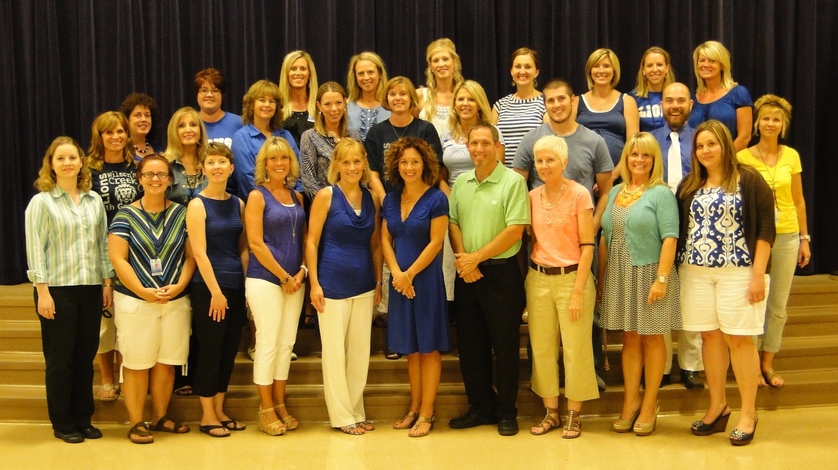Monday, February 18, 2013
Wednesday, February 13, 2013
Conferencing with students about writing
Hey Gang,
I learned a lot about conferencing at our last Literacy Leader training. I was thinking of hosting an afterschool session for those interested in learning more about conferencing with students about their writing. I also need to video tape a session with teachers for my National Board Certification renewal. Maybe this could serve a one of our WOW's....I will ask. If you are interested, we could do this one day after school at 3:30-4:00. I have lots of handouts and a powerpoint. Let me know if you are interested. Melissa
I learned a lot about conferencing at our last Literacy Leader training. I was thinking of hosting an afterschool session for those interested in learning more about conferencing with students about their writing. I also need to video tape a session with teachers for my National Board Certification renewal. Maybe this could serve a one of our WOW's....I will ask. If you are interested, we could do this one day after school at 3:30-4:00. I have lots of handouts and a powerpoint. Let me know if you are interested. Melissa
Monday, February 11, 2013
Fishbone Diagram
Fishbone Diagram
· Let the kids know why you are doing this and explain the value of this process.
· Write the purpose, desired outcomes, and process on the blackboard or on a
prepared flip chart.
· Post for the class to see.
Step 2: Set-Up
·
Post
large sheet of butcher paper or tape together pieces of flip chart paper. Allow ample space.
· Draw the fishbone chart.
Step 3: Identify Topic
· Determine the topic, or the effect, that you are analyzing. Write the effect in
the “head” of the fish.
Step 4: Determine Categories
·
Determine
the major cause categories..· Write the names of the categories on the major bones of the fish.
Hint: The general types of categories usually include such items as people,
materials, methods, machinery and environment.
Step 5: Identify Causes
·
Have
the kids brainstorm the causes.· As a cause is identified, determine which category or “bone” it belongs on.
· Record and appropriate bone.
Resource: Future Force; A Teacher's Handbook For Using TQM in the Classroom
Elaine McClanahan & Carolyn Wicks
Great Quote
I wrote down this great quote from the Literacy Leader's training last week. It was on strategic writing and writing conferences. We should only focus on one thing and not correct the whole paper when teacher/student conferencing:
"We are teaching the writer and not the writing. Our decisions must be guided by what might help this writer not this writing," Lucy Calkins.
"We are teaching the writer and not the writing. Our decisions must be guided by what might help this writer not this writing," Lucy Calkins.
Wednesday, February 6, 2013
Friday, February 1, 2013
Subscribe to:
Posts (Atom)
















